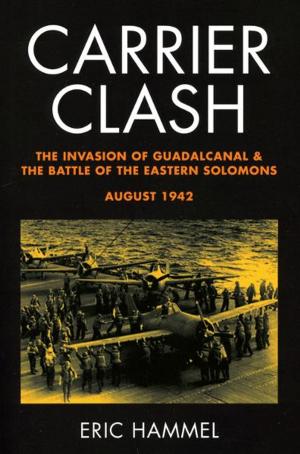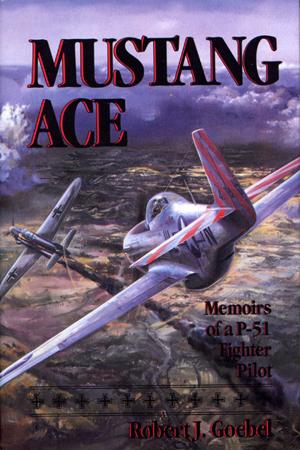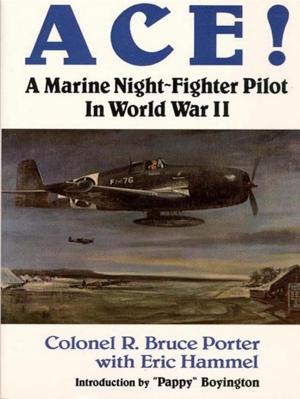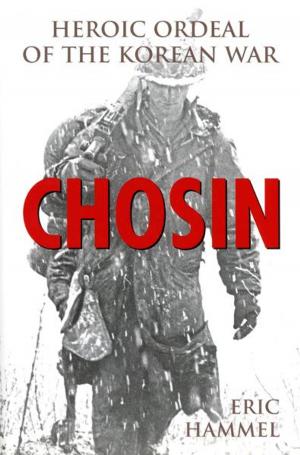| Author: | Eric Hammel | ISBN: | 9781890988296 |
| Publisher: | Words To Go, Inc. | Publication: | March 7, 2012 |
| Imprint: | Pacifica Military History | Language: | English |
| Author: | Eric Hammel |
| ISBN: | 9781890988296 |
| Publisher: | Words To Go, Inc. |
| Publication: | March 7, 2012 |
| Imprint: | Pacifica Military History |
| Language: | English |
THE ROAD TO BIG WEEK: The Struggle for Daylight Air Supremacy Over Western Europe, July 1942February 1944 by Eric Hammel = The Road to Big Week begins with a thorough examination of American development of a strategic bombing doctrine from its earliest conception after World War I. Balancing the demands of the ground armys desire for air support and the visionary outlook of such early Air Corps leaders as General Billy Mitchell with the cash-strapped circumtances of the Great Depression and the limitations imposed by the Congressional peace lobbies, the Air Corps was able to deliver a fully formed doctrine that could not at first be supported by adequate aircraft nor even a public acknowlegenent that the drive to perfect strategic bombing was even on. Before the doctrine or a fully funtional heavy strategic bomber were quite perfected, the United States was drawn into World War II. Facing numerous obstacles unperceived during peacetime, not the least being simple bad weather, the early American efforts to mount a strategic bombing campaign in northern Europe nearly failed in the face of unsustainable casualties and ineffective strategic direction. Only the belated modernization of escort-fighter policy saved the strategic bombing force from failure and, indeed, formed the foundation upon which the strategic bombing campaign ultimately reached maturity and achieved success. In this exciting and complete accounting of the transition from idea to near failure to ultimate success, Eric Hammel sets out all the dots, then connects them in a conversational style approachable by all readers.
THE ROAD TO BIG WEEK: The Struggle for Daylight Air Supremacy Over Western Europe, July 1942February 1944 by Eric Hammel = The Road to Big Week begins with a thorough examination of American development of a strategic bombing doctrine from its earliest conception after World War I. Balancing the demands of the ground armys desire for air support and the visionary outlook of such early Air Corps leaders as General Billy Mitchell with the cash-strapped circumtances of the Great Depression and the limitations imposed by the Congressional peace lobbies, the Air Corps was able to deliver a fully formed doctrine that could not at first be supported by adequate aircraft nor even a public acknowlegenent that the drive to perfect strategic bombing was even on. Before the doctrine or a fully funtional heavy strategic bomber were quite perfected, the United States was drawn into World War II. Facing numerous obstacles unperceived during peacetime, not the least being simple bad weather, the early American efforts to mount a strategic bombing campaign in northern Europe nearly failed in the face of unsustainable casualties and ineffective strategic direction. Only the belated modernization of escort-fighter policy saved the strategic bombing force from failure and, indeed, formed the foundation upon which the strategic bombing campaign ultimately reached maturity and achieved success. In this exciting and complete accounting of the transition from idea to near failure to ultimate success, Eric Hammel sets out all the dots, then connects them in a conversational style approachable by all readers.















